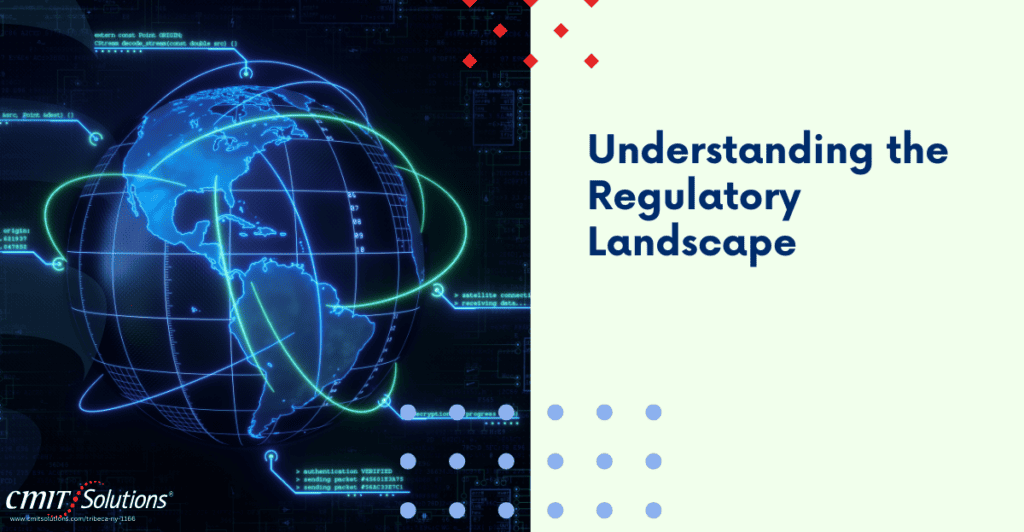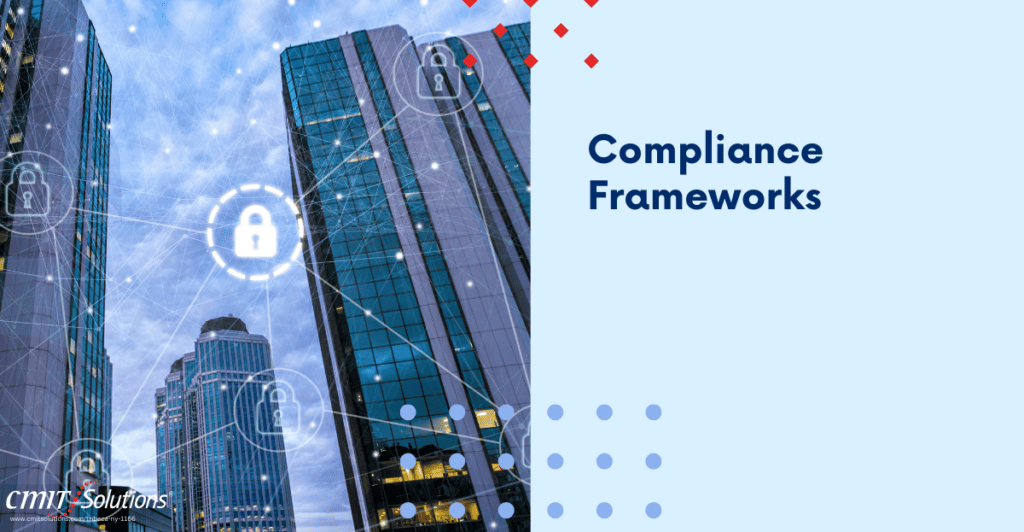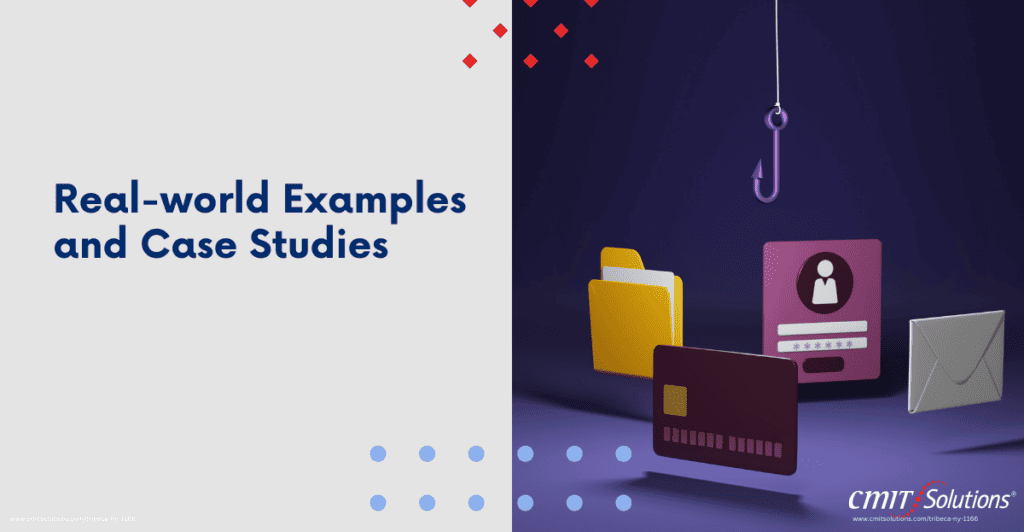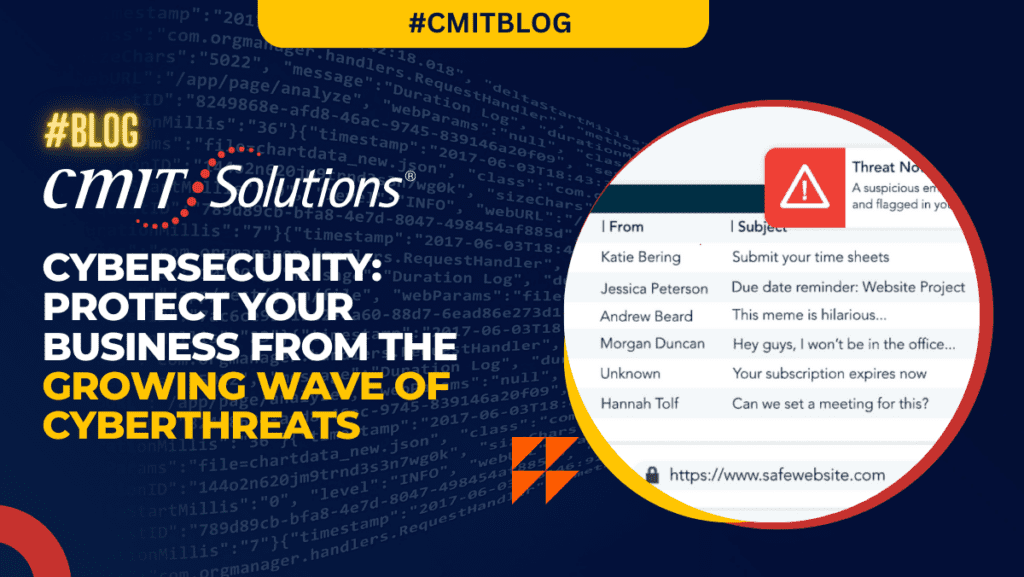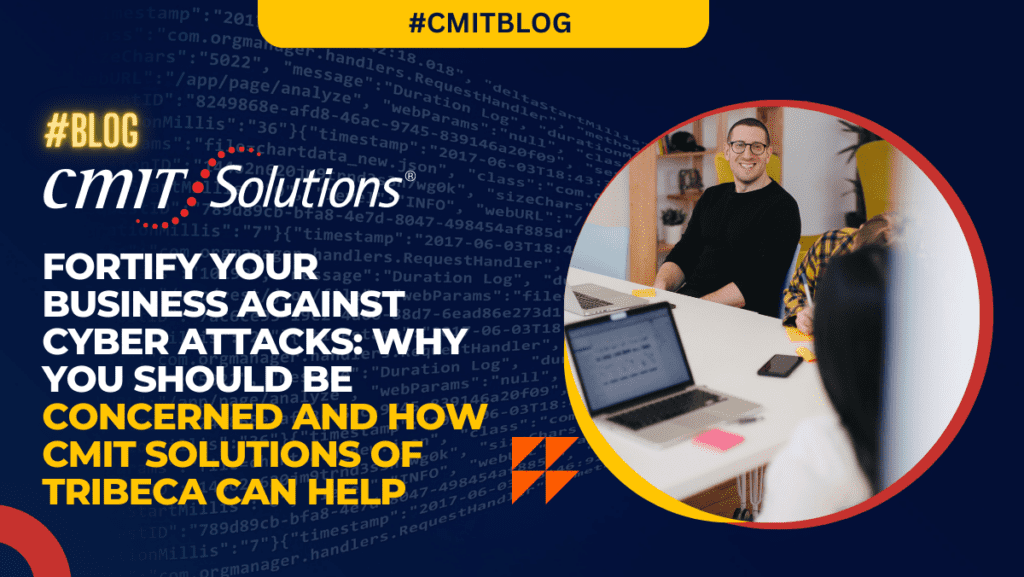And with an ever-changing digital world in which data acts as the lifeblood for most businesses, it’s become crucial to have strong cybersecurity measures. For companies operating in New York, following the complex maze of cybersecurity regulations and compliance standards is not a recommended practice but firmly established by law. This article focuses on the main regulatory landscape that governs cybersecurity measures for businesses in New York, including data protection laws, industry-specific legislation; compliance frameworks and providing practical solutions to help enterprises protect vital information.
Understanding the Regulatory Landscape:
Being one of the world’s leading financial centres, New York has introduced strict cybersecurity regulations to safeguard both consumers and organisations from a rising tide of cyber attacks. The “New York State Department of Financial Services (NYDFS) Cybersecurity Regulation” is one of the fundamental pillars to cyber compliance in New York. Required since March 1, 2017 this regulation provides a challenging criterion for financial institutions which one should encrypt data using multi-factor authentication and organise a cybersecurity program.
Alongside the NYDFS regulations, businesses also have to cope with general data protection laws like “the SHIELD Act”. This act takes effect on March 21, 2020 and greatly enhances data breach notification requirements necessitating businesses to implement reasonable measures to protect privacy information.
Industry-Specific Regulations:
In addition to the general cybersecurity rules, specific compliance standards apply in New York for certain industries. For example, the healthcare entities must follow “Health Insurance Portability and Accountability Act (HIPAA)”. While this federal law does not target New York specifically, it is a vital regulatory measure that requires healthcare providers to safeguard the privacy of patient information.
The “New York State Information Security Breach and Notification Act (NY SBNA)” is another remarkable industry-specific regulation. This act pertains to companies that operate computerised data storage of private information. It prescribes the process of informing people and government agencies whose information is breached.
Compliance Frameworks:
To support organisations in obtaining a robust cybersecurity posture, some compliance frameworks are available to align with the regulatory environment. A well-known structure is the “National Institute of Standards and Technology (NIST) Cybersecurity Framework”. This voluntary system offers cybersecurity risk management and prevention practices to meet each organisation’s specific needs.
One more essential compliance framework is the “Payment Card Industry Data Security Standard (PCI DSS)”, which applies to companies that process credit card payments. Adherence to PCI DSS is crucial for securing the payment data of customers and ensuring faith in financial deals.
Steps for Ensuring Compliance:
Compliance in cybersecurity can be achieved and maintained only if proper strategy and proactivity is adopted. Here are actionable steps that New York businesses should consider:
1. Conduct a Comprehensive Risk Assessment:
Start by determining what cybersecurity risks are applicable to your business and evaluating them. Know the nature of data you process and what threats are out there.
2. Implement Strong Access Controls:
Access to sensitive data should be determined by roles and responsibilities. Use multi-factor authentication to provide additional security.
3. Encrypt Sensitive Data:
Make sure that all data is encrypted, whether at rest or moving about. This protects information, even if unauthorised access takes place.
4. Develop an Incident Response Plan:
Prepare for the worst-case situation by developing a concise incident response plan. This should detail the actions to be undertaken in case of a cybersecurity attack including those intended on minimising business and stakeholder disruption.
5. Provide Employee Training:
Human error is one of the main causes of cybersecurity breaches. Train employees regularly concerning cybersecurity best practices, phishing awareness and data protection often.
6. Regularly Update and Patch Systems:
Update all software and system with a corresponding security patch. This minimises the likelihood of exploiting it through known weaknesses.
The Evolving Threat Landscape:
The cybersecurity threat environment is dynamic and continually changing. Advanced cyber threats are constantly appearing, attacking the gaps in systems and victimising human behaviour. Some of the threats businesses have to deal with include ransomware attacks, data breaches and identity theft.
Compliance is not all of what cybersecurity offers. It’s a proactive preventative measure to these threats. With the advancement in technology, cybercriminals also modify their tools and strategies. Therefore, the need for vigilance and a holistic approach to cybersecurity is essential not only in terms of compliance with regulatory laws but also to maintain reputation among consumers without losing trust.
Real-World Examples and Case Studies:
Cybersecurity compliance is brought into focus with real-life situations. A misconfigured web application firewall led to the “Capital One data breach” in 2019, compromising over one hundred million customers’ sensitive information. This event prompted regulatory inquiries, legal consequences and loss of the company’s image.
But meanwhile, it is “JP Morgan’s proactive response to 2014 cyberattack” that demonstrated the importance of a strong Cybersecurity Program. Though the assault was painful, rapid detection and an adequate response constrained losses and ensured customer information safety.
Consequences of Non-Compliance:
But the failure to observe cybersecurity regulations may have dire repercussions on businesses. Not only may the actions be taken against an organisation legally, but reputational damage from a data breach can never die down. Penalties and fines which regulatory bodies pass on organisations can be significant in that they affect the finance of an organisation.
For example, failure to comply with the NYDFS Cybersecurity Regulation may result in huge financial fines. The fines imposed for each violation vary from $1,000 to a maximum of as much as USD 75,
Conclusion:
To conclude, compliance with cybersecurity is not just a tick-box strategy for businesses in New York but an important part of risk management and customer trust. The regulatory framework including the regulations of NYDFS, industry defined standards and compliance programs builds an effective overall cybersecurity structure. With proactive measures, best practices adoption and cyber threat awareness businesses can not only meet compliance but also strengthen the existing defence systems against malicious attacks. The consequences of non-compliance are severe, making cybersecurity an unavoidable issue for any organisation in the modern era.


